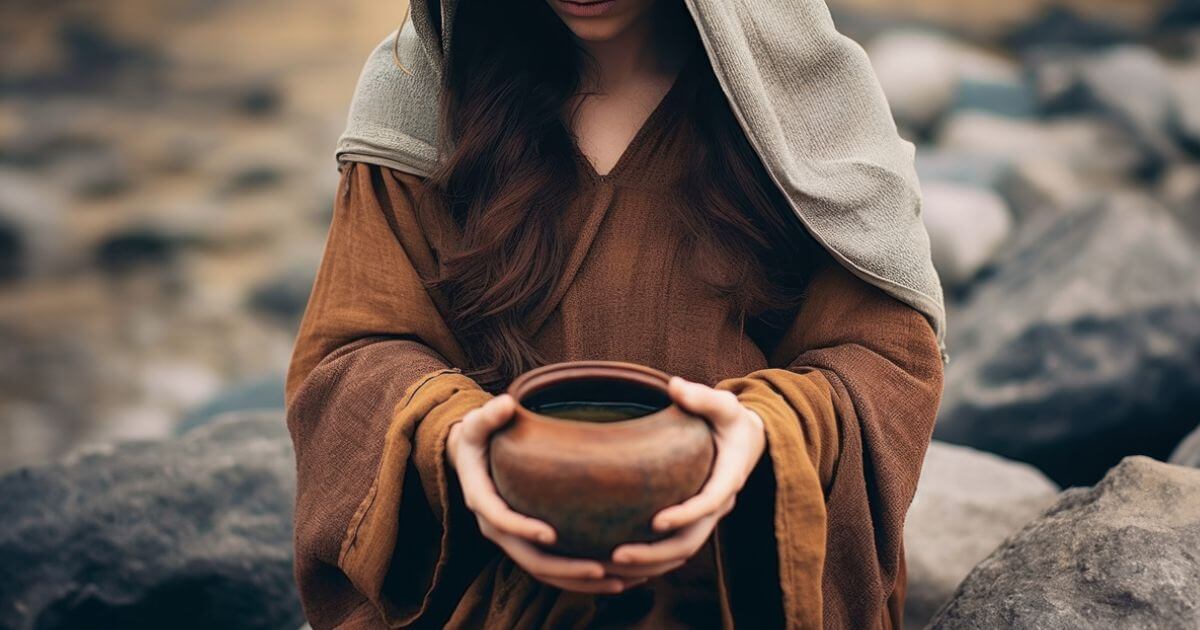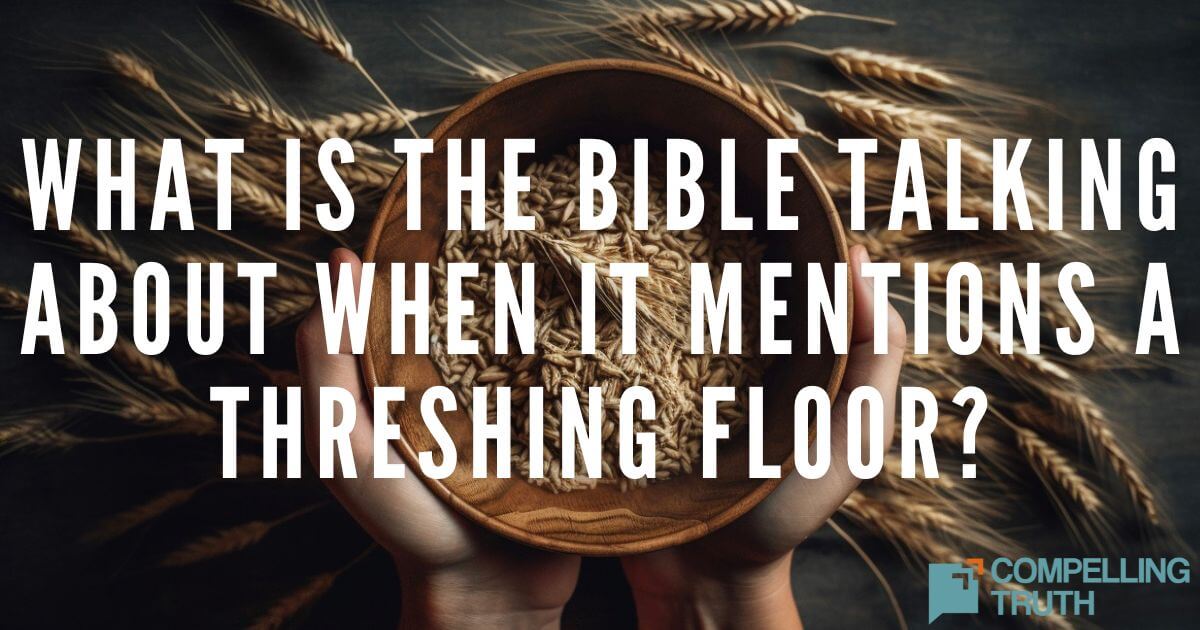what does the bible say?
Alabaster, a precious stone mentioned in the Old Testament, symbolizes beauty and strength. Boxes made of alabaster were often used for storing perfume. In the New Testament, two women brought alabaster boxes to anoint Jesus, demonstrating extravagant love and faith. The first, a sinful woman, showed profound love and recognized her need for forgiveness, contrasting with the Pharisees' lack of understanding. The second woman's act of anointing Jesus for burial displayed remarkable faith and received Jesus' commendation. Today, these stories challenge us to love Jesus wholeheartedly, understand His forgiveness, and have unwavering faith, inspiring us to worship Him and honor Him above all else, living lives marked by extravagant love and worship.




